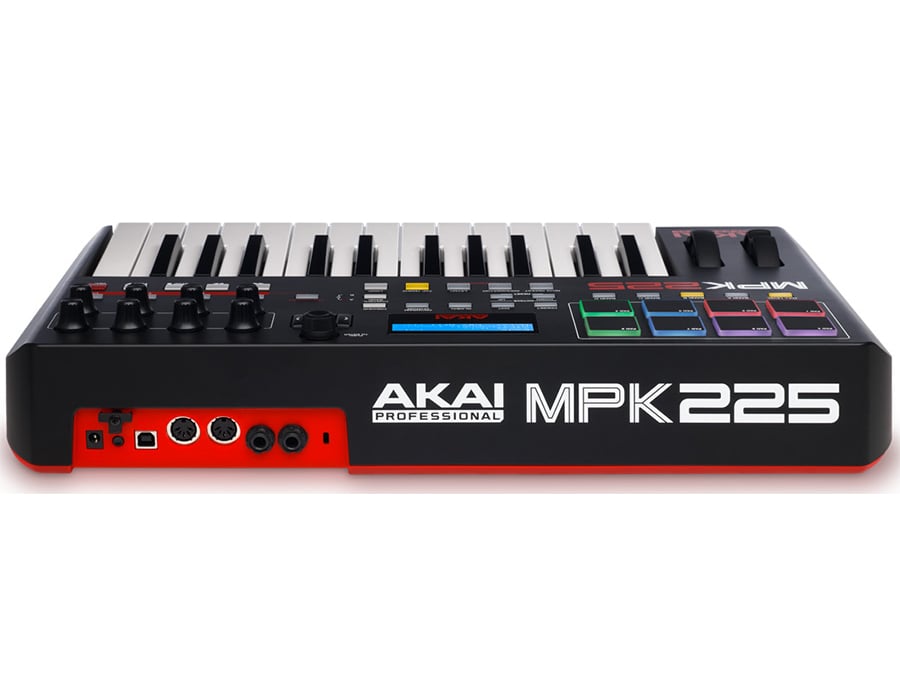
You also get the Touch Strip, as first seen on the MPC Studio controller. For the best of both worlds you also get a 4x4 MPC pad grid, using the same compact pads as on the MPC One and MPC Studio. It’s a solid, plastic construction with a semi‑weighted keyboard and performance wheels along the front plane, then a gently raked rear section that contains the screen and all other controls. Physically, the MPC Key 61 is impressive. The result is a new instrument that can perform multiple roles: synth/sampler, performance instrument, live control hub, or beat production centre. Akai have built a new layer on top of the MPC OS which transforms the sound browsing and loading experience, and lets you treat the Key 61 like a workstation keyboard when you prefer. But it’s not simply an MPC Live bolted onto a MIDI keyboard.

MPC‑wise there’s nothing left out it’s an MPC, and in fact has an upgraded hardware spec. The MPC Key 61 takes the latest generation of MPC and integrates it into a full‑size keyboard. It’s an MPC tuned for keyboard players, live performers and synth composers, and of course beat‑makers who share these roles. The MPC Key 61 takes this idea and runs with it.

It was standalone and simple to fire up, and it had decent onboard sounds and synths. Almost by accident it became my go‑to synth and sound module. When Akai Pro’s MPC Live II was here on review I mostly had it sat on my desk on a laptop stand with a USB keyboard plugged in. Akai should document all such hidden values rather than assuming customers won’t use them.The MPC Key isn’t just an MPC with a keyboard, it’s a completely new species of production workstation. (Incidentally, I didn’t notice any changes from adjusting any of the values in the Full Level hidden menu, so I really don’t know what that’s adjusting. Maybe we’ll get lucky and Akai will update the software to add this feature.

I’m just not finding any way to adjust this in either hardware (preferred) or software. Light touches that register as barely audible aren’t too useful to me. they’re supposed to be pro level pads that have tons of sensitivity for making drum beats of dynamic volume, but really what I’d like is to shorten the sensitivity curve so that the lightest touch gives me about a 64 level, and a harder touch gives me a 127. I’m guessing this isn’t so much a “problem” as a feature of the Akai MPK Mini Mk3. I’m working on a solid flat surface, too. Tapping a pad on a screen gets me a full level volume, which I can get from the MPK mk3 pads if I press Full Level, but otherwise I really have to pound the pads to get anything close to full level volume. I’ve been playing all day with settings in BM3 and I’ve tried adjusting all the v1 v2 v3 v4 values to no effect. I haven’t tried MIDI Curve yet (I’d prefer a setting that applies universally), but none of these other workarounds did anything for me.


 0 kommentar(er)
0 kommentar(er)
